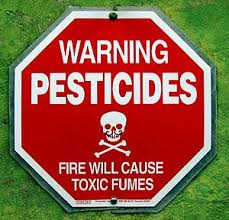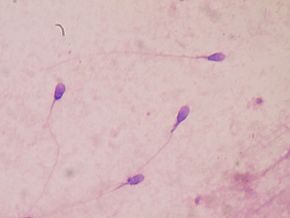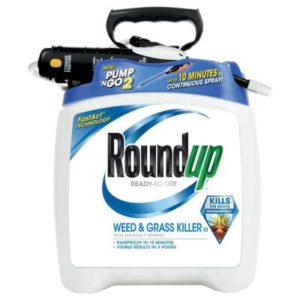 The pesticide industry is lobbying tooth and nail to take away the right of towns and states to pass pesticide laws that protect people. And to do away with laws already passed in about 200 communities in the U.S. The pesticide industry doesn't like that these laws are stricter than federal laws (which are pretty lax).
The pesticide industry is lobbying tooth and nail to take away the right of towns and states to pass pesticide laws that protect people. And to do away with laws already passed in about 200 communities in the U.S. The pesticide industry doesn't like that these laws are stricter than federal laws (which are pretty lax).
It has been documented over and over that the chemical industry has basically corrupted the EPA with chemical industry money, with the end result that many dangerous chemicals (including pesticides) are allowed to be used freely in this country. This includes pesticides that are banned in other countries (because they are so harmful).
The House of Representatives will try to adopt a bill in 2023 that will prohibit local governments from adopting pesticide laws that are more protective than federal rules. This is H.R. 7266, which was introduced in the House of Representatives in March 29, 2022. In summary:
This bill amends the Federal Insecticide, Fungicide, and Rodenticide Act (FIFRA) to prohibit local regulations relating to the sale, distribution, labeling, application, or use of any pesticide or device subject to regulation by a state or the Environmental Protection Agency under FIFRA.
Why is this is a big deal? This is an attack on local governments and on the nearly 200 communities across the United States that have passed their own policies to restrict the use of toxic pesticides. Communities need to keep the right to restrict pesticides linked to cancer and other health problems, that contaminate water, that result in the decline of pollinators, and to protect the health of residents and local ecosystems.
 A good example is a town deciding that it would encourage pollinators (bees!) by banning neonicotinoid pesticides within the town. (Yes, there are alternate pesticides one can use.) However, such a move would not be allowed under the new bill because they are not banned at the federal level. It doesn't matter that the community totally supports such a ban (perhaps bee-keeping and honey are a main industry in the town).
A good example is a town deciding that it would encourage pollinators (bees!) by banning neonicotinoid pesticides within the town. (Yes, there are alternate pesticides one can use.) However, such a move would not be allowed under the new bill because they are not banned at the federal level. It doesn't matter that the community totally supports such a ban (perhaps bee-keeping and honey are a main industry in the town).
Note that many pesticides targeted by local city residents, including neonicotinoids, glyphosate, and atrazine, have been banned or restricted in other countries due to health or environmental concerns.
An informative write-up of this issue from Beyond Pesticides: In New Congress, Republican-Led Legislation Would Prevent Local Governments from Protecting Health and Safety
As the new 118th Congress convenes on January 3, 2023, one of the key issues on the agenda led by Republicans in the U.S. House of Representatives is preemption of local authority to restrict pesticide use—undercutting the local democratic process to protect public health and safety. In the 117th Congress, H.R. 7266 was introduced to prohibit local governments from adopting pesticide laws that are more protective than federal rules. ...continue reading "The Pesticide Industry Is Fighting All Local Government Attempts To Restrict Pesticide Use"


 Pesticides causing health problems are appearing in study after study. A
Pesticides causing health problems are appearing in study after study. A  It has been known for years that wearing your shoes indoors means that everything that is on the ground outdoors will be tracked into the home.
It has been known for years that wearing your shoes indoors means that everything that is on the ground outdoors will be tracked into the home.  We all get exposed to pesticides to varying degrees - whether from our water, foods we eat, inhaling them, or absorbing them through our skin (e.g., walking or playing on pesticide treated lawns). Unfortunately, studies show our exposure to the pesticide glyphosate (found in Roundup) is increasing each year.
We all get exposed to pesticides to varying degrees - whether from our water, foods we eat, inhaling them, or absorbing them through our skin (e.g., walking or playing on pesticide treated lawns). Unfortunately, studies show our exposure to the pesticide glyphosate (found in Roundup) is increasing each year.

 Whether one eats organic foods or non-organic foods does make difference, even when eating a healthy Mediterranean style diet. A recent
Whether one eats organic foods or non-organic foods does make difference, even when eating a healthy Mediterranean style diet. A recent